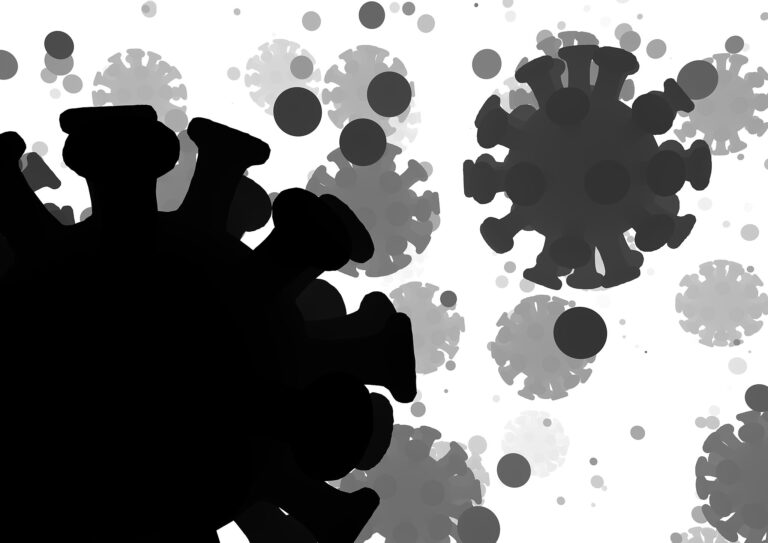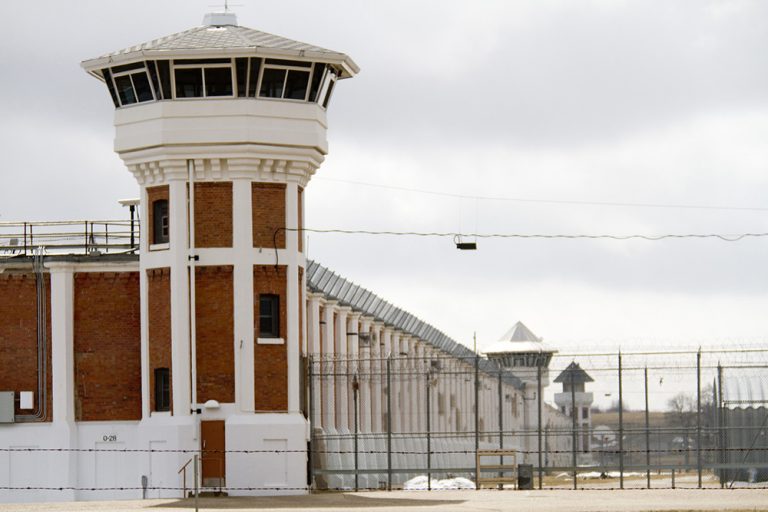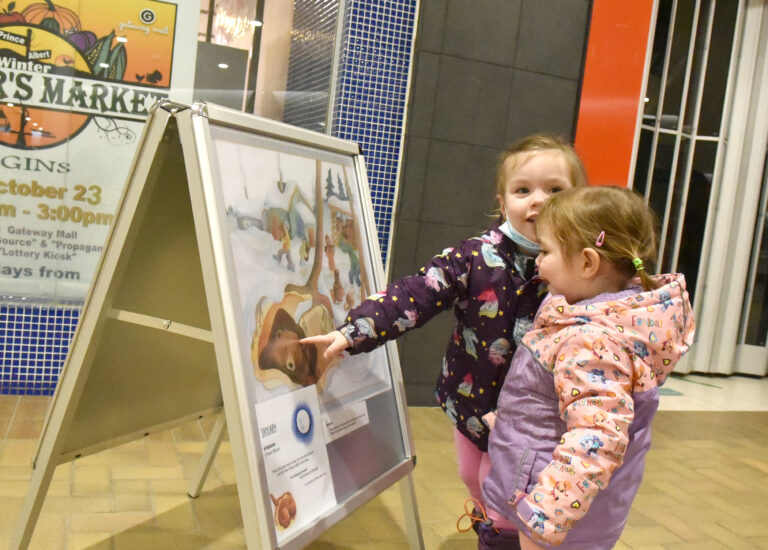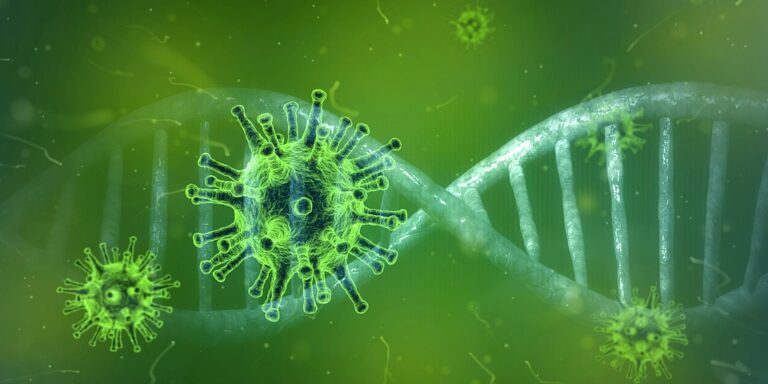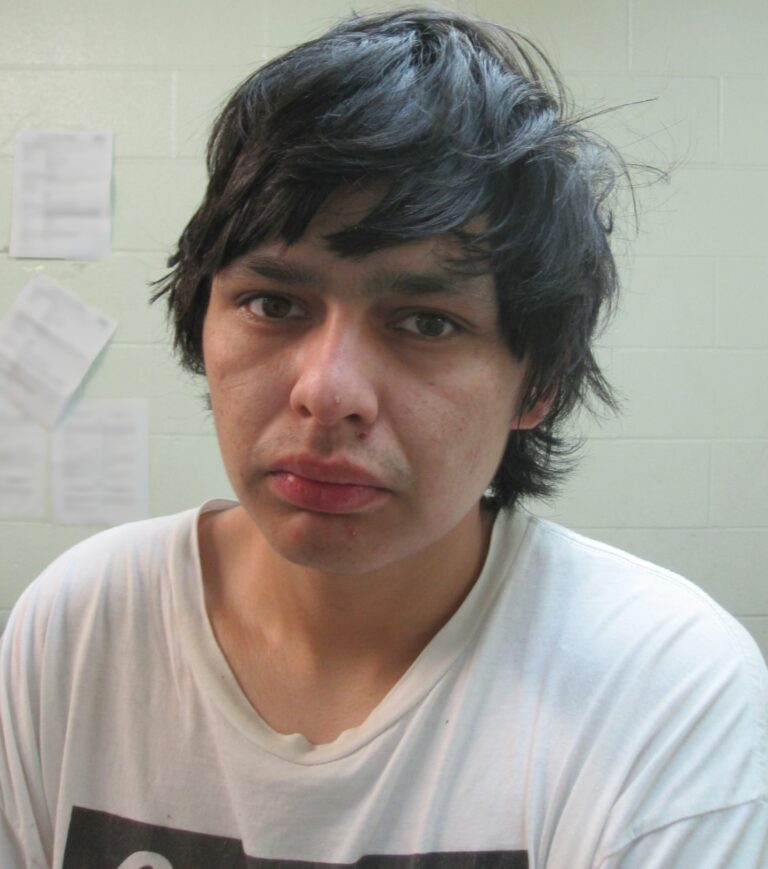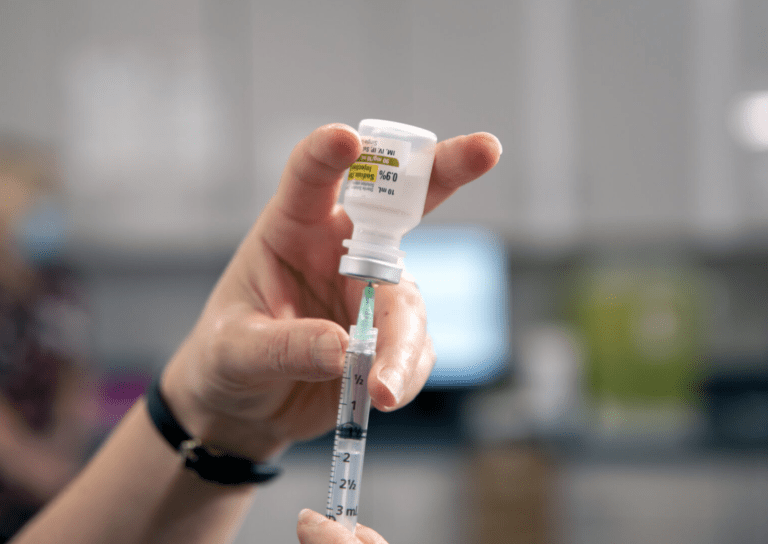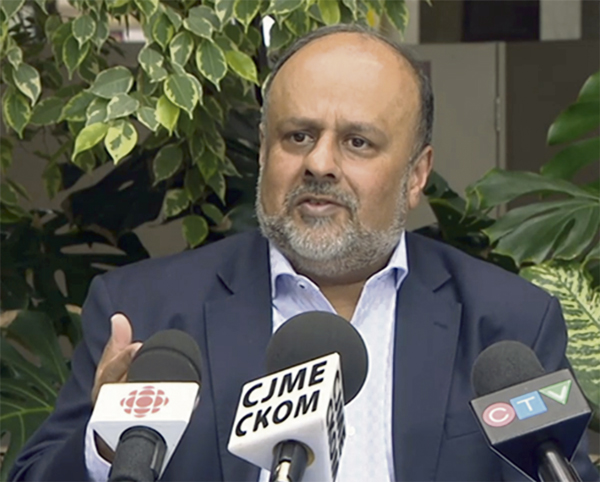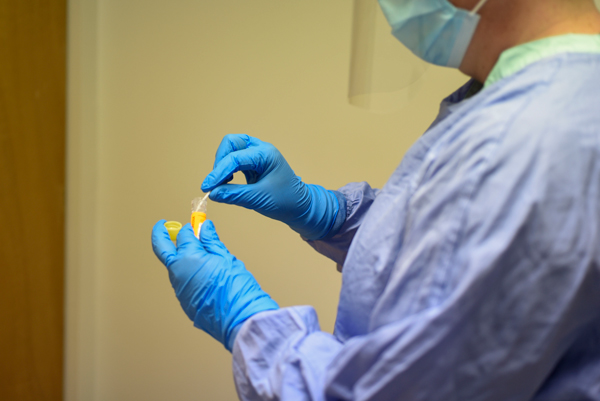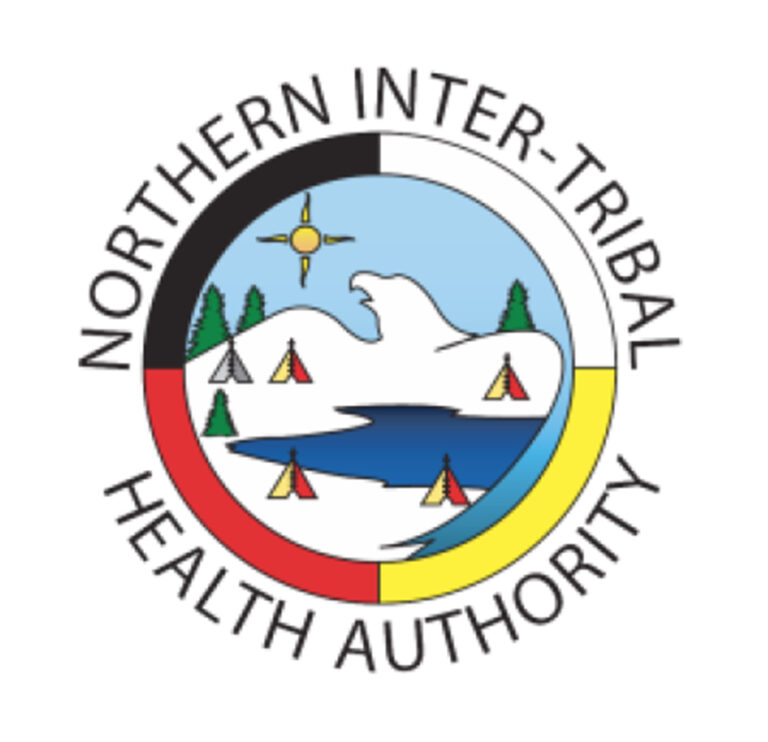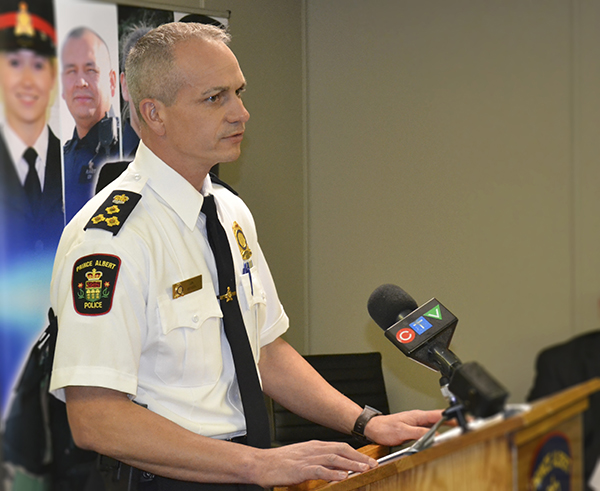Two Saskatchewan children are now in NICU/PICU suffering from COVID illness. Another child has an incidental infection, daily COVID-19 numbers from Jan. 24 show.
Overall hospitalizations rose by 10 on Jan. 24 and 262 people are now in hospital with the virus. Of those, 29 are in the ICU.
Of the 233 people receiving inpatient care that have the virus, 92 are suffering from COVID-related illness, 102 are incidental and 39 have not been determined.
Of the 29 ICU cases, five are incidental and 21 are due to COVID and related illnesses, while three are undetermined.
Today, the province saw 909 new cases added to the active case load, a reduction of 721 from the previous day’s total of 1,629 new cases. At the moment, 12,753 residents have confirmed COVID infections.
In the North Central zone, three new cases were diagnosed in North Central 1 for 145 active cases, eight new cases were confirmed in North Central 2 (Prince Albert), which now has 545 active cases.
In North Central 3, four new cases were confirmed for 127 active infections.
The zone saw 87 new doses of vaccine reported, which resulted in another 59 people now being fully vaccinated for a total of 62,012.
No new deaths were reported in the North Central zone, but the province saw three more people die. Of those, one was in Saskatoon, one was in the South East and one was in Regina.
Provincial highlights are as follows:
As of January 24, there are 909 new confirmed cases of COVID-19, bringing the total to 110,399 reported cases
The new cases are located in the Far North West (2), Far North East (16), North West (30), North Central (15), North East (9), Saskatoon (235), Central West (21), Central East (69), Regina (281), South West (40), South Central (86) and South East (33) zones and 72 new cases have pending residence information
-56 cases with pending residence information were assigned to the North West (19), North Central (3), Saskatoon (13), Central West (1), Central East (3), Regina (12), South West (1), South Central (3), and South East (1) zones.
-Six (6) SK residents tested out-of-province were added to the Saskatoon (from January 21 (2), January 22 (1)), Regina (from January 20 (1), January 21 (1)), and South Central (from January 21 (1)) zones
-110,399 cases are confirmed
-28,308 cases are from the Saskatoon area
-23,589 cases are from the North area (10,306 North West, 9,807 North Central, 3,476 North East)
-23,397 cases are from the Regina area
-14,596 cases are from the South area (3,031 South West, 4,336 South Central, 7,229 South East)
-10,202 cases are from the Far North area (4,813 Far North West, 582 Far North Central, 4,807 Far North East)
-8,776 cases are from the Central area (2,025 Central West, 6,751 Central East)
-1,531 cases have pending residence information
-12,753 cases are considered active and 96,671 cases are considered recovered
Two-fifths (40.0%) of new cases are in the age category of 20 to 39
As of January 24, a total of 262 individuals are hospitalized; including 233 inpatient hospitalizations, and 29 ICU hospitalizations. Of the 262 patients, 99 (37.8%) were not fully vaccinated
The SHA dashboard includes 262 hospitalizations: 233 residents are inpatient: of those, 92 inpatient hospitalizations are a COVID-19-related illness, 102 are incidental COVID infections and 39 have not yet been determined. 29 residents are in ICUs: of those, 21 are for COVID-19-related illnesses, 5 are for incidental COVID infections and 3 are undetermined. 3 residents are in PICU/NICU: 2 are for COVID-19-related illnesses, 1 is for incidental COVID infections.
Three new deaths reported today. A total of 975 Saskatchewan residents with COVID-19 have died with a case fatality rate of 0.9%
1,414,762 COVID-19 tests have been performed in the province. As of January 19, 2022, when other provincial and national numbers are available from PHAC, Saskatchewan’s per capita rate was 1,180,087 tests performed per million population. The national rate was 1,453,815 tests performed per million population
As of today, the 7-day average of new COVID-19 case numbers was 1,256 (104.2 new cases per 100,000).

